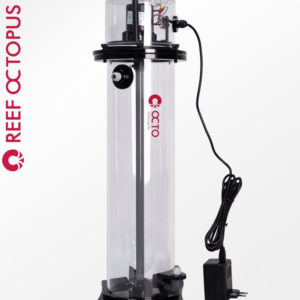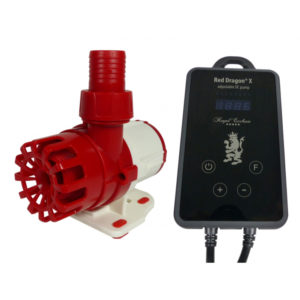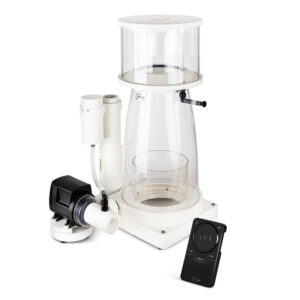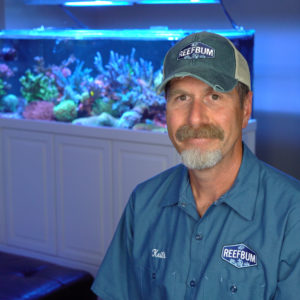Your tank is on cruise control and all SPS corals are in a happy zone, growing and thriving like you had always imagined. Then one day the lights come on and your eyes zero in on a dead coral. What the heck? How could that happen when everything was going so well?
Reef keeping can be a humbling experience, trying the patience of both beginners and veterans. Sometimes bad things happen due to poor husbandry and other times there is no clear explanation. I can sleep better at night when something bad happens as long as I know what caused the problem, allowing me to prevent it from reoccurring. That’s just the way I am wired. I like closure. It’s those mystery events that drive me batty.
Rapid Tissue Necrosis or RTN can be one of those mysterious events. RTN is when a SPS coral suddenly loses tissue and turns white. This bleaching event occurs within 24 hours and can effect the entire coral or just a part of it.
Why RTN Happens?
Let’s first focus on some of the logical reasons why RTN might occur. One has to do with stability. SPS will become cranky and stress out if certain parameters such as alkalinity, calcium, pH, salinity or temperature swing significantly up or down. The wild swings will put corals in a weakened state and make them more prone to some sort of infection. Laziness is not a reef keeper’s friend so it is very important to be diligent and test key parameters on a regular basis. One should also make sure test kits are accurate and not generating false readings.
Stray voltage from a power head or some other piece of equipment is another possible culprit as are pests such as Acro Eating Flatworms (AEFW). RTN can also happen when granular feric oxide (GFO) is overdosed, something I experienced with a former tank.
Ok, now let\’s address the mystery surrounding RTN. Sometimes there is no obvious reason why it occurs. Some believe a mystery case of RTN is due to some sort of killer bacteria or virus introduced with a new coral. Preventative dips and, ideally, a quarantine system will help the most on this front.
I recently experienced RTN with an established frag and ruled out all of the likely culprits. Was it due to some “bad” bacteria? Who knows. Did I lose a little sleep wondering whether it would spread to other corals, a nightmare scenario? You bet. It’s the unknown that keeps me awake at night when it comes to my reef.
Additional Resources
If you would like some help with a new tank build, including help designing a custom aquarium, or help re-configuring your current setup then you can visit this page for more information. And if you are looking to add some equipment, I do sell GHL, Pax Bellum, Reef Octopus Calcium and Kalk Reactors and Royal Exclusiv products, including Dreamboxes, which is the equipment I use and recommend. I also sell Reef Brite metal halide and LED fixtures as well as Maxspect & IceCap Gyres.
As for additional insights and information, please explore my many other reef tank and SPS related articles as well as my YouTube channel. For an even deeper dive into reef tank care you can check out my Reef Keeping Master Class. This online course is an immersive and one of a kind educational tool designed to help reef aquarium hobbyists build and maintain a beautiful SPS reef tank. The course is a series of video presentations with some supplemental video from my YouTube channel. There are also quizzes to help students retain and understand the information presented in the course.
Need some frags…..I can help with that as well 🙂 Please visit my SPS Frag store to see what is available.










